Relocating appliances can be a daunting task, and the fear of damaging these valuable household items often adds to the stress. However, with the right knowledge, you can ensure a smooth transition without any costly mishaps. In this guide on how to move appliances easily, we will provide you with expert tips and advice on how to move these valuable belongings.
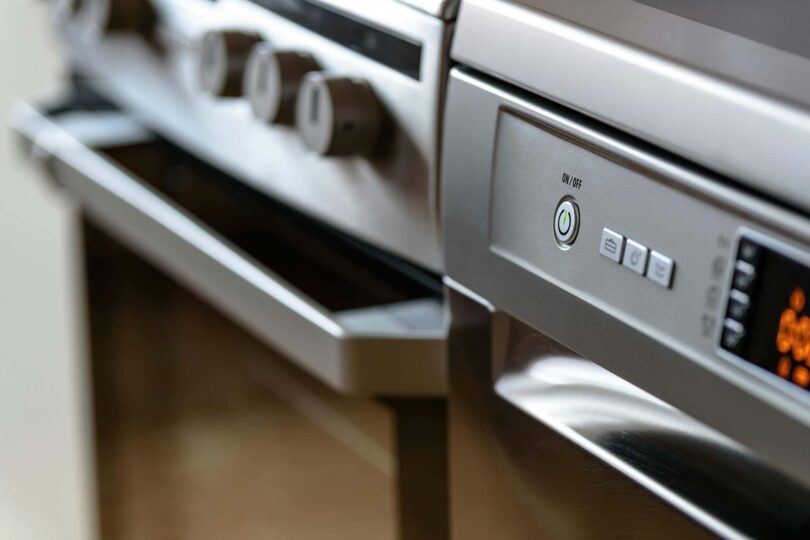

Secure appliance packaging and moving involves careful planning and execution. Start with cleaning and maintenance, secure movable parts, and select appropriate packing materials. Properly load and unload, considering safe positioning and leveling. Installation, post-move checks, and the choice of professional appliance movers are crucial for a successful and damage-free appliance relocation.
Before you start the actual process of relocating your favorite appliance, it’s crucial to prepare them adequately to ensure they stay safe and functional during the journey. This preparation begins with thorough cleaning and maintenance. Additionally, you’ll need to consider securing and disassembling certain components to prevent damage during transportation.
Begin by unplugging and disconnecting each appliance from its power source. For refrigerators, freezers, and ovens, remove all food items and defrost them to prevent any water leakage. Wipe down the interior and exterior surfaces of each appliance, removing any dirt, food residue, or spills.
For washing machines and dishwashers, clean out any filters and hoses to prevent mold or odors. It’s also a good idea to check for any loose or damaged parts that may need to be repaired before the relocation. Regular maintenance not only ensures that your electronics function correctly but also reduces the risk of any unpleasant surprises upon arrival at your future home.
Certain devices have movable parts or components that should be secured or disassembled to prevent damage while in transit. For example, on a washing machine, secure the drum with a transport bolt to prevent it from moving and potentially causing internal damage.
Remove any detachable racks, shelves, or drawers from refrigerators and ovens to prevent them from shifting and breaking. Secure the oven door to avoid any swinging during transportation. When it comes to preparing electronics like TVs and computer monitors, pack them in their original boxes or invest in specialized packaging to protect fragile screens and components.
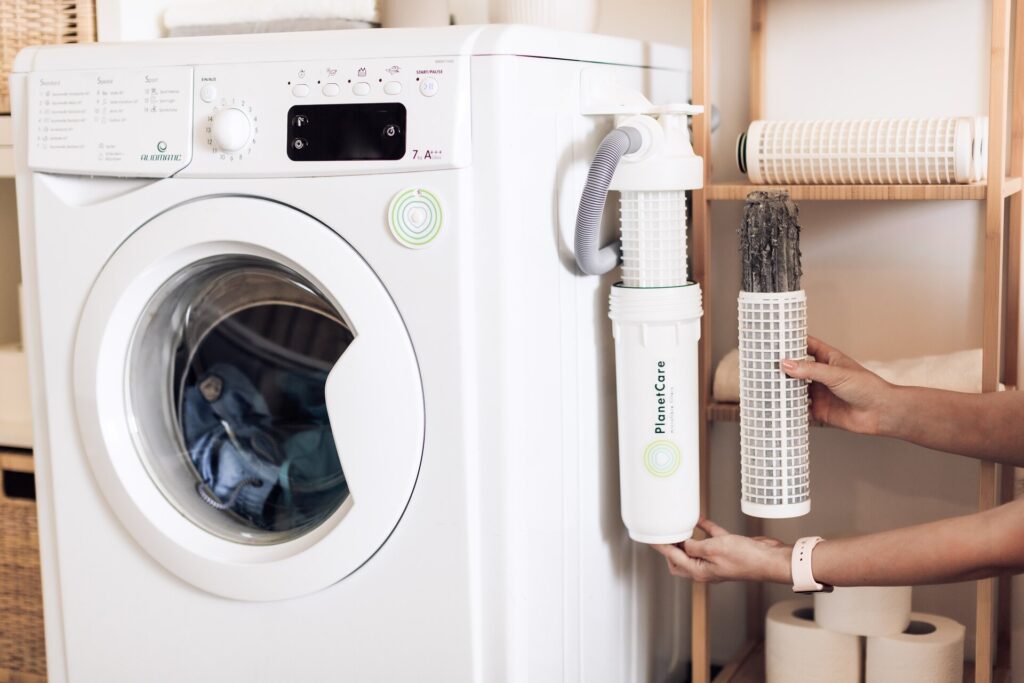
When it comes to relocating appliances, it’s essential to recognize that each type comes with its unique set of considerations. From the size and weight to the delicate components and functions, understanding the specifics of different devices is crucial for a successful relocation. In this section, we will delve into the nuances of handling all appliance types, from larger ones such as refrigerators, washers, and dryers, to smaller ones like microwaves and toasters.
Large and heavy devices like refrigerators, washers, and dryers require special attention during a relocation due to their size and weight. Begin by thoroughly cleaning and defrosting your refrigerator or freezer to prevent leaks and unpleasant odors during transportation. When moving a fridge, remove any loose or removable parts, like shelves and drawers, and pack them separately.
When relocating a washer or dryer, disconnect them from the water and power sources, and secure any moving parts or drums to prevent damage. Always transport all these items in an upright position to avoid potential compressor damage in refrigerators and maintain the balance of washers and dryers.
While smaller kitchen devices like microwaves, toasters, and blenders may seem easier to relocate, they still require proper handling to prevent damage. Begin by cleaning and ensuring they are free from any food residue or debris. For added protection, wrap these devices in bubble wrap or packing paper and place them in sturdy boxes.
Be sure to label the boxes with their contents for easy identification upon arrival. Smaller appliances are more prone to damage from impacts, so cushioning and securing them in the moving truck is crucial. Consider using towels, blankets, or packing peanuts to provide extra protection and minimize movement.
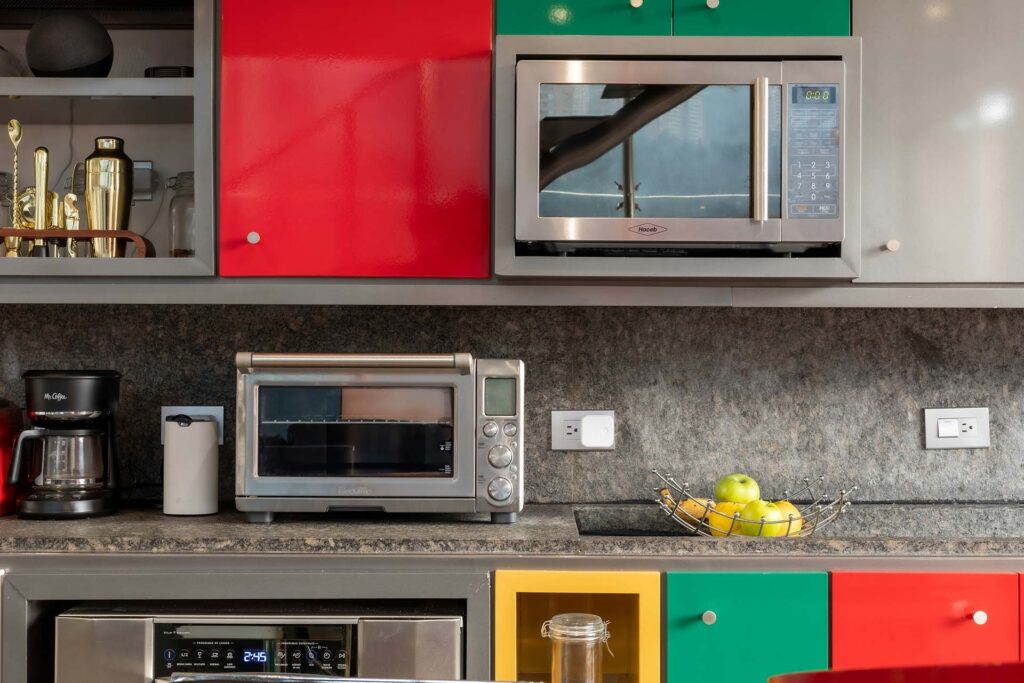
Selecting the appropriate packing materials is important because the right materials provide cushioning, protection, and stability. They minimize the risk of scratches, dents, or internal damage. In this section, we’ll discuss the importance of protective wrapping and padding techniques, as well as how to choose the right relocation boxes and crates.
Begin by wrapping fragile or sensitive surfaces, such as stainless steel or glass, with materials like bubble wrap, foam sheets, or packing paper. Use tape to secure the wrapping in place, ensuring it stays intact during the relocation.
For added protection, consider placing foam corner protectors on the appliance’s edges. Inside the appliance, secure any movable parts with tape or packing materials to prevent internal damage. When loading appliances into the relocation truck, use furniture blankets or padding to create a cushioned barrier between items to minimize the risk of bumps and jostles.
Choosing the right boxes and crates is crucial for safe appliance transport. For smaller devices, use sturdy, corrugated cardboard boxes that are specifically designed for moving. These boxes provide structural support and are less likely to collapse under the weight of your items. Additionally, consider using specialty boxes or crates for delicate appliances, such as flat-screen TVs or computer monitors.
These boxes often have custom foam inserts that snugly hold your electronic devices in place, preventing any movement during transit. When packing appliances for moving like refrigerators or washing machines, opt for heavy-duty wooden crates or specially designed appliance boxes, which offer superior protection and stability. Here’s a little relocation tip – you can get free boxes on sites like Craigslist.
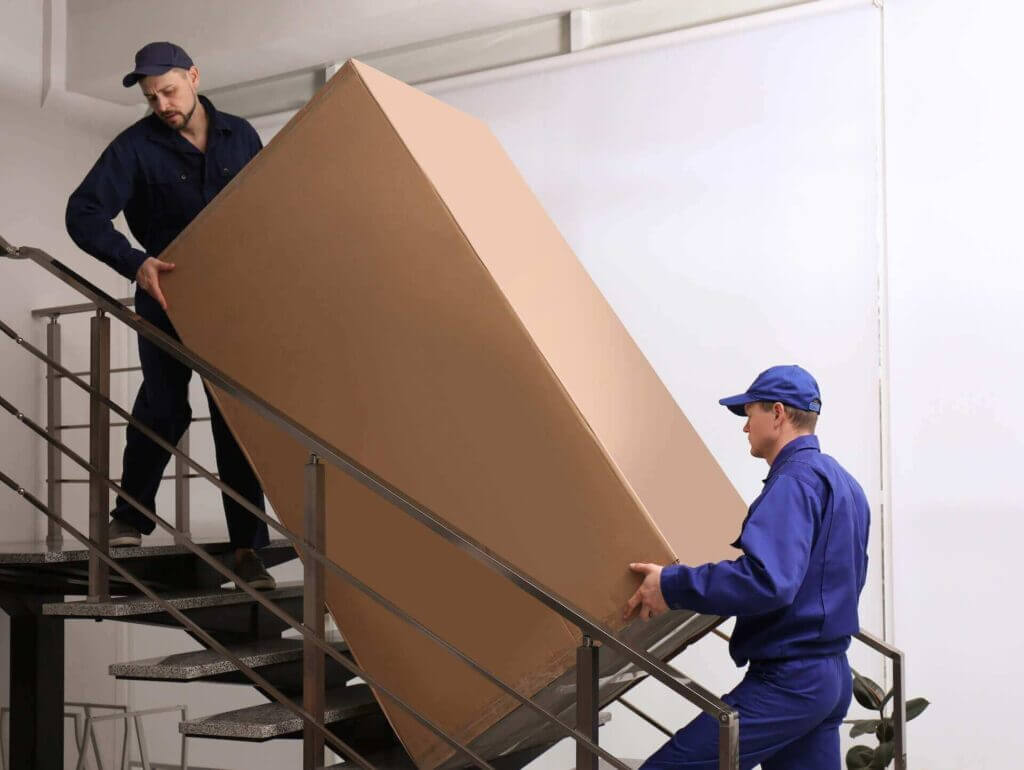
Ensuring the safe loading and unloading of your items is paramount to a successful and damage-free relocation. From securing them in the truck to positioning them in your new home, following proper large appliance moving techniques and safety precautions is vital to preserving your appliances and safeguarding your investment. So, let’s take a look at how to do it right.
When loading appliances onto relocation trucks, prioritize their safety by securing them properly.
Place larger ones like refrigerators and washing machines against the truck’s wall to create a stable base.
Use straps or ropes to secure them in place, preventing damage to appliances during transit.
Smaller devices should be placed on top or secured in dedicated boxes to avoid damage.
Distribute the weight evenly to maintain balance. Take your time, and use furniture dollies or ramps to minimize lifting and avoid injury.
When unloading and unpacking, carefully remove each appliance from the truck, using ramps or dollies as needed. Position larger appliances in their designated spots first to avoid unnecessary movement later. Level and stabilize them to prevent wobbling or tilting.
For safety, let refrigerators stand upright for a few hours before plugging them in to allow the refrigerant to settle. Pay attention to clear pathways and avoid dragging appliances, which can damage flooring. Prioritizing safe unloading and positioning ensures your devices remain in good condition and the unpacking process goes smoothly.
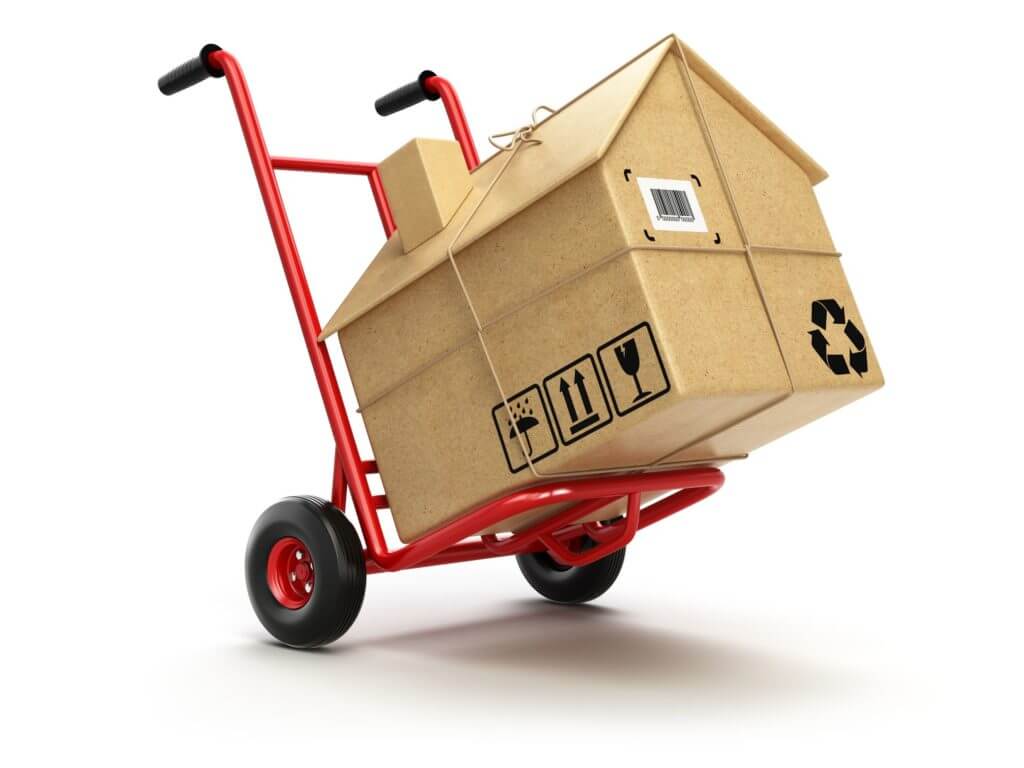
After successfully moving your appliances to your new home, the next crucial step is their proper installation and post-move checks. In this section, we’ll discuss how to correctly set up your appliances in the new space and provide a comprehensive checklist for each step.
Begin by positioning them in their designated locations, keeping them level and stable. For refrigerators and freezers, allow them to stand upright for a few hours before plugging them in to allow the refrigerant to settle.
Reconnect water and power sources for washing machines and dishwashers, checking for any leaks or loose connections. Follow manufacturer instructions for proper installation and, if necessary, consult a professional to ensure gas appliances are connected safely.
After setting up your devices, it’s essential to confirm they are in optimal working condition. Start by inspecting power cords, hoses, and connections for any damage or wear, and replacing them if necessary. Clean filters, vents, and coils to ensure efficient operation.
Test each appliance to verify that they function as expected, and check for any unusual noises, odors, or performance issues. Lastly, review safety features such as smoke detectors and carbon monoxide alarms to ensure they are functioning correctly. Regular maintenance and safety checks will not only prolong the life of your appliances but also ensure the well-being of your household.
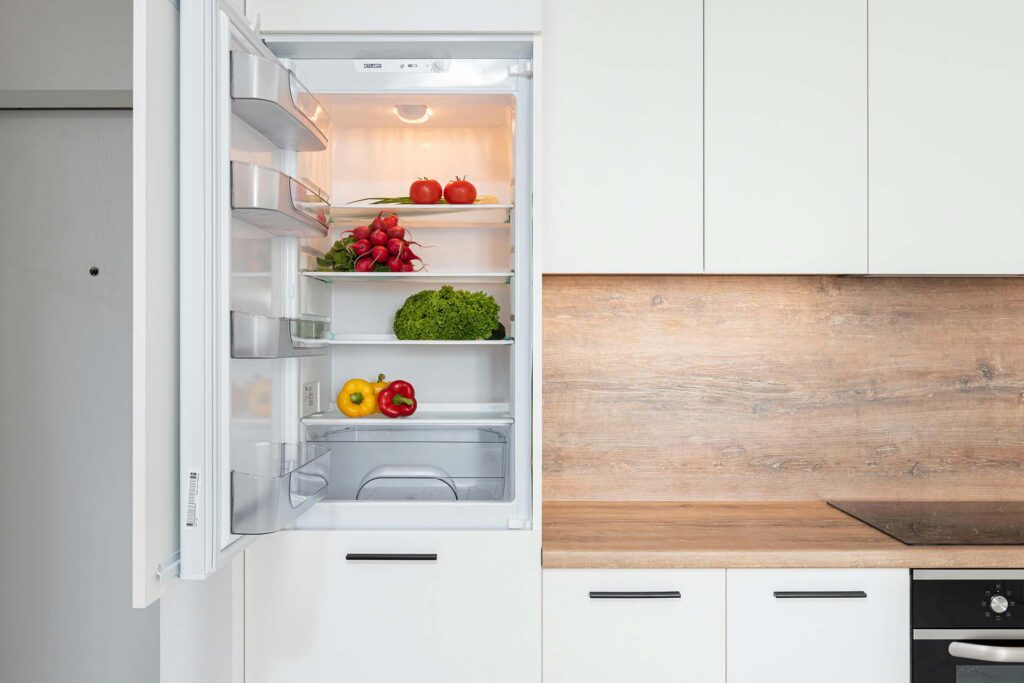
Deciding when to hire professional movers, such as Trico Long Distance Movers, for your appliances can significantly impact the success and safety of your relocation. While smaller devices may be manageable for DIY moves, larger and more complex appliances like refrigerators, ovens, or delicate electronics often need the expertise of professionals. In this section, we’ll discuss the benefits of relocating with the help of professional long-distance moving services and provide guidance on choosing the right company for your appliance transport needs.
Hiring a long-distance moving company offers a range of advantages when it comes to relocating appliances. These experts possess the necessary experience and equipment to handle the complexities of moving heavy appliances safely. They can disassemble, pack, transport, and reassemble these valuable belongings efficiently, reducing the risk of damage.
Additionally, professional movers are insured, providing financial protection in case of accidents. The peace of mind, time saved, and the assurance of a smooth relocation make hiring professional movers a valuable investment.
When looking for long-distance movers near me, selecting the right company is crucial for a successful and efficient relocation. Start by researching local relocation companies with experience in handling appliances. Check if they are licensed and verify their credentials, insurance, and customer reviews. Request quotes from multiple companies and compare their pricing, appliance relocation services, and any additional charges.
Discuss your specific requirements and ask them questions about their packing services, transporting, and installing devices. Ensure they have the necessary equipment, such as dollies, straps, and padding. By carefully considering these factors, you can make an informed decision and choose a reliable company.
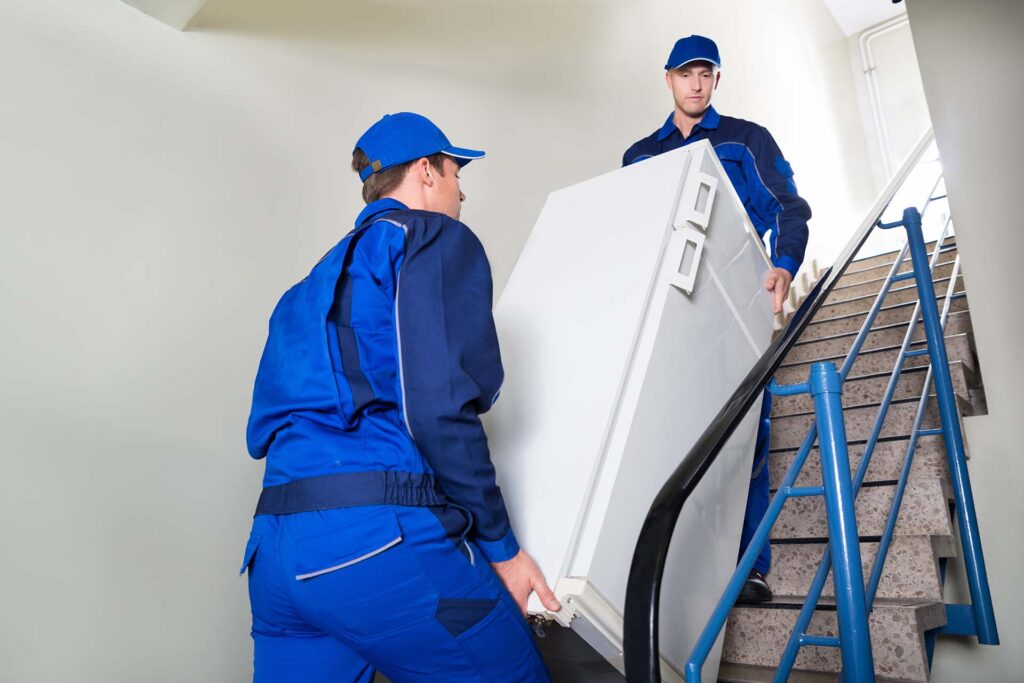
Successfully moving appliances requires careful planning and execution at every stage of the process. Whether you choose to handle it yourself or hire professional movers, the goal is to ensure the safe and efficient relocation of your appliances while minimizing the risk of damage. By following our appliance moving tips, you can make your appliance relocation a stress-free experience, preserving the functionality and longevity of these valuable household items. If you want everything to go as smoothly as possible, contact us at Trico Long Distance Movers and allow our team to transport your belongings without a hitch.
To prepare your refrigerator for relocation, start by cleaning and defrosting it. Remove all food and detachable parts like shelves and drawers. Secure the doors with tape or straps, and consider using appliance blankets for protection.
Transport a washing machine upright after disconnecting it from water and power sources. Secure any movable parts and use straps or ropes to prevent shifting during transit.
After the relocation, check power cords, hoses, and connections for damage. Clean filters and vents, and test devices for proper functioning. Look for any unusual noises, odors, or performance issues.
For relocating kitchen appliances, clean them thoroughly, wrap them in bubble wrap or packing paper, and place them in sturdy boxes. Label the boxes for easy identification and cushion them with packing materials to prevent damage.
It’s not recommended to transport a freezer with food in it for long distances, as the food may spoil. If moving a short distance, use coolers with ice packs to keep perishables cold during the relocation, and consume or discard the rest.